By David Swedelson, Partner at SwedelsonGottlieb, California Community Association Attorneys
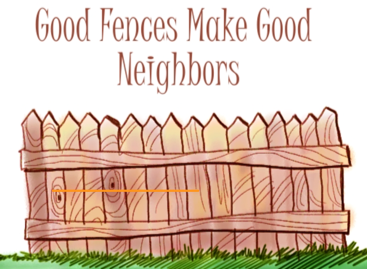 Your community association prides itself on how beautiful and well maintained the common area is. But the owner of the neighboring apartment/condominium/home/property is from Planet “Who Cares”. The fence that borders your property is an eyesore, and the neighboring property owner refuses to talk to the board or management about the situation. Is there anything you can do? This situation is more common than you might think, and the answer is yes!
Your community association prides itself on how beautiful and well maintained the common area is. But the owner of the neighboring apartment/condominium/home/property is from Planet “Who Cares”. The fence that borders your property is an eyesore, and the neighboring property owner refuses to talk to the board or management about the situation. Is there anything you can do? This situation is more common than you might think, and the answer is yes!
On January 1, 2014, the California Legislature updated Section 841 of the California Civil Code regarding “good neighbor” fences, a common fence dividing two properties. The original law, in place since the 1870s, simply provided that both owners were mutually responsible for common fences. As a practical matter, if your neighbor paid to put up a fence, you were obligated to reimburse your neighbor for one-half of the “reasonable cost” of that fence. If you paid to put up the fence, your neighbor had to reimburse you. As for how to agree on the cost of the fence and how to collect your half, the law was silent. You were on your own.
The good news is that the new law does address these issues, and with more specificity. The 2014 law, like the 1870s law, operates on the presumption that neighbors benefit equally from a common fence, and that the cost for building or fixing a common fence should be shared equally even if the fence is on the neighbor’s property. But the 2014 law doesn’t stop there. It goes into detail, outlining a step-by-step process for erecting or repairing a common fence, and explains exactly how to recover half of the cost. The law also lays out exceptions to the equal-benefit, equal-cost assumption.
Continue reading
 HOA Law Blog
HOA Law Blog



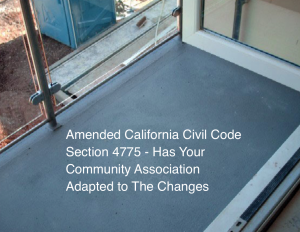 By David C. Swedelson, Community Association Attorney at SwedelsonGottlieb
By David C. Swedelson, Community Association Attorney at SwedelsonGottlieb Your community association prides itself on how beautiful and well maintained the common area is. But the owner of the neighboring apartment/condominium/home/property is from Planet “Who Cares”. The fence that borders your property is an eyesore, and the neighboring property owner refuses to talk to the board or management about the situation. Is there anything you can do? This situation is more common than you might think, and the answer is yes!
Your community association prides itself on how beautiful and well maintained the common area is. But the owner of the neighboring apartment/condominium/home/property is from Planet “Who Cares”. The fence that borders your property is an eyesore, and the neighboring property owner refuses to talk to the board or management about the situation. Is there anything you can do? This situation is more common than you might think, and the answer is yes! Since the inception of the Davis-Stirling Act in 1985, there has been confusion regarding owner vs. association responsibility for the repair or replacement of exclusive use common area. AB 968, legislation sponsored by the
Since the inception of the Davis-Stirling Act in 1985, there has been confusion regarding owner vs. association responsibility for the repair or replacement of exclusive use common area. AB 968, legislation sponsored by the 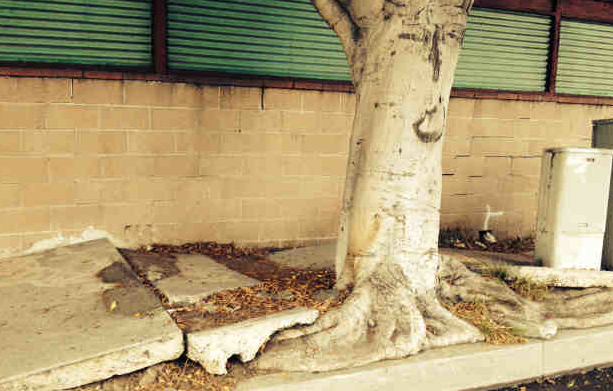
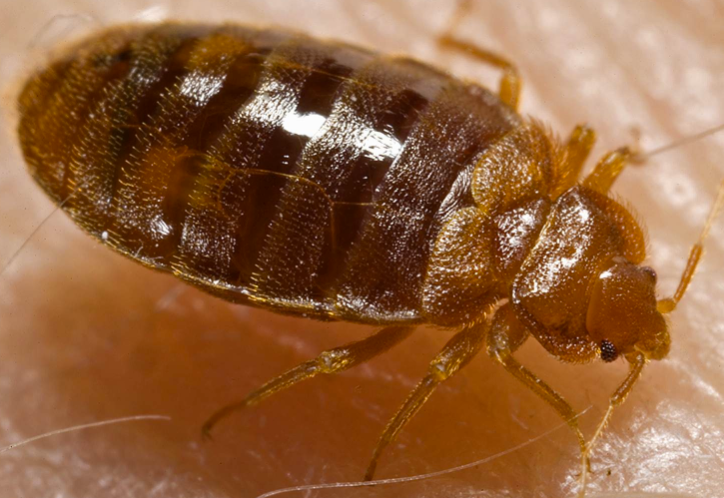 What exactly is a bedbug? Bedbugs are insects. They are reddish brown, oval and flat, about the size of an apple seed. Decades ago, bedbugs were eradicated from most developed nations using dichlorodiphenyltrichloroethane (commonly known as DDT) – a pesticide that has since been banned because it’s so toxic. There has been a resurgence of bedbugs in the United States in recent years as a result of increased international travel, changes in pest control practices, and insecticide resistance. And several of our condominium association clients have reported units infested with these little bugs.
What exactly is a bedbug? Bedbugs are insects. They are reddish brown, oval and flat, about the size of an apple seed. Decades ago, bedbugs were eradicated from most developed nations using dichlorodiphenyltrichloroethane (commonly known as DDT) – a pesticide that has since been banned because it’s so toxic. There has been a resurgence of bedbugs in the United States in recent years as a result of increased international travel, changes in pest control practices, and insecticide resistance. And several of our condominium association clients have reported units infested with these little bugs.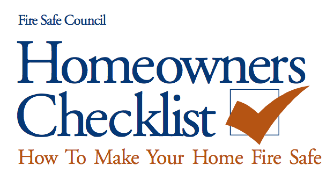
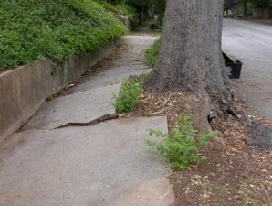 There have been a number of articles written over the last few years regarding the fact that municipalities do not have the money or resources to repair sidewalks broken up by tree roots. There had been some programs in some California cities that would reimburse homeowners up to one half the cost of repairing sidewalks that have been damaged by tree roots. But as a result of the weakened economy, these programs are not funded, and there is no money to reimburse owners.
There have been a number of articles written over the last few years regarding the fact that municipalities do not have the money or resources to repair sidewalks broken up by tree roots. There had been some programs in some California cities that would reimburse homeowners up to one half the cost of repairing sidewalks that have been damaged by tree roots. But as a result of the weakened economy, these programs are not funded, and there is no money to reimburse owners.